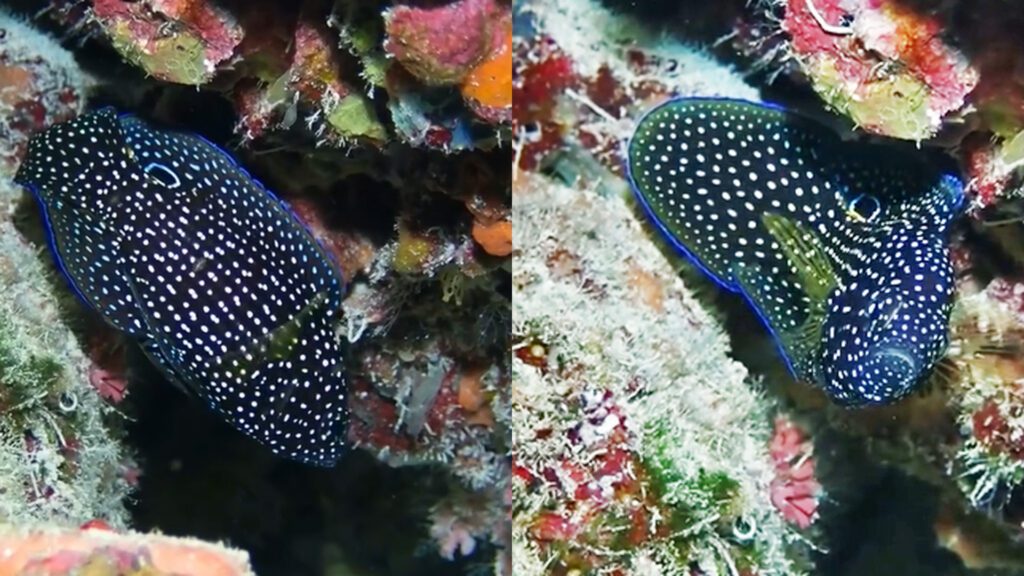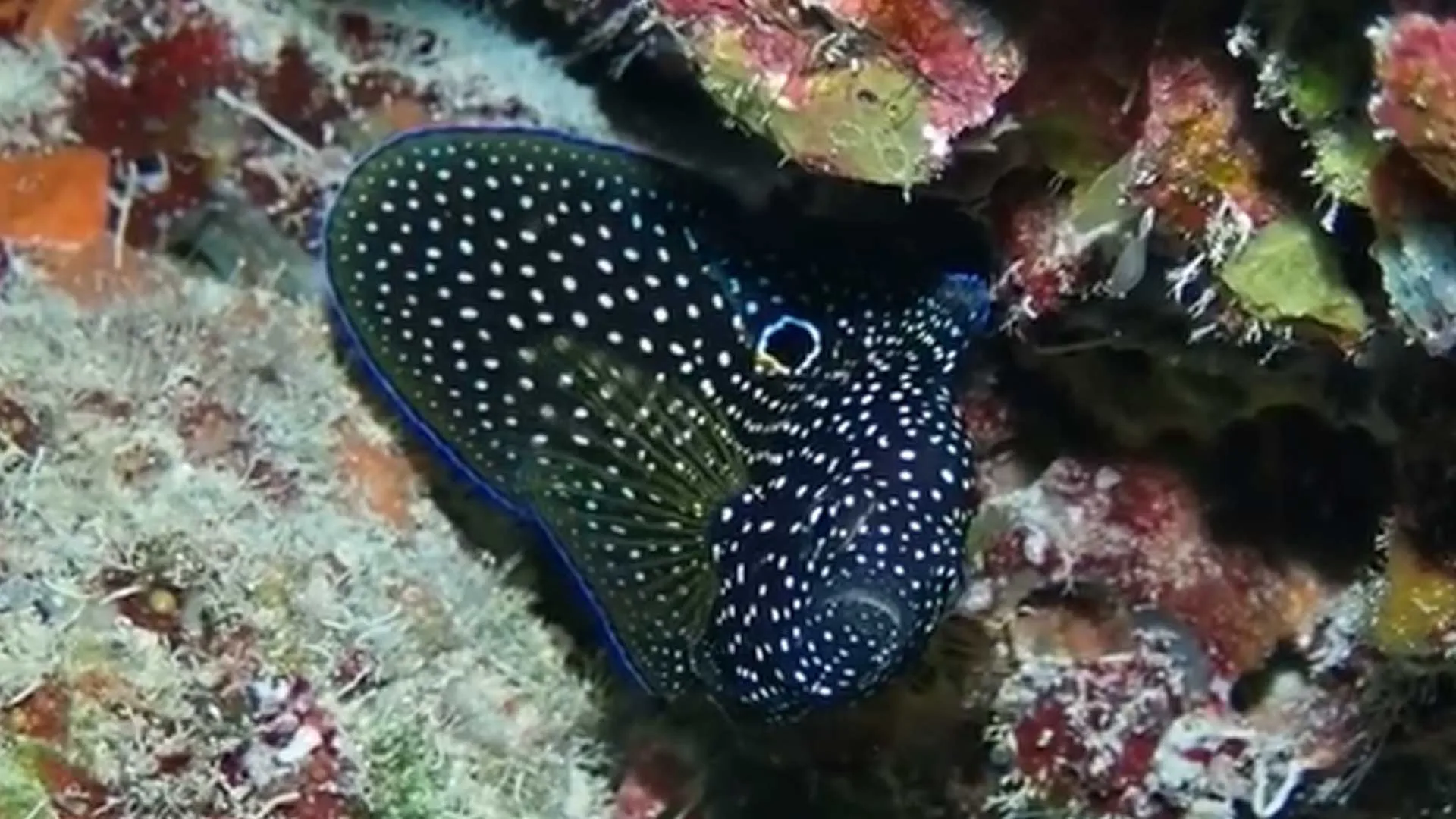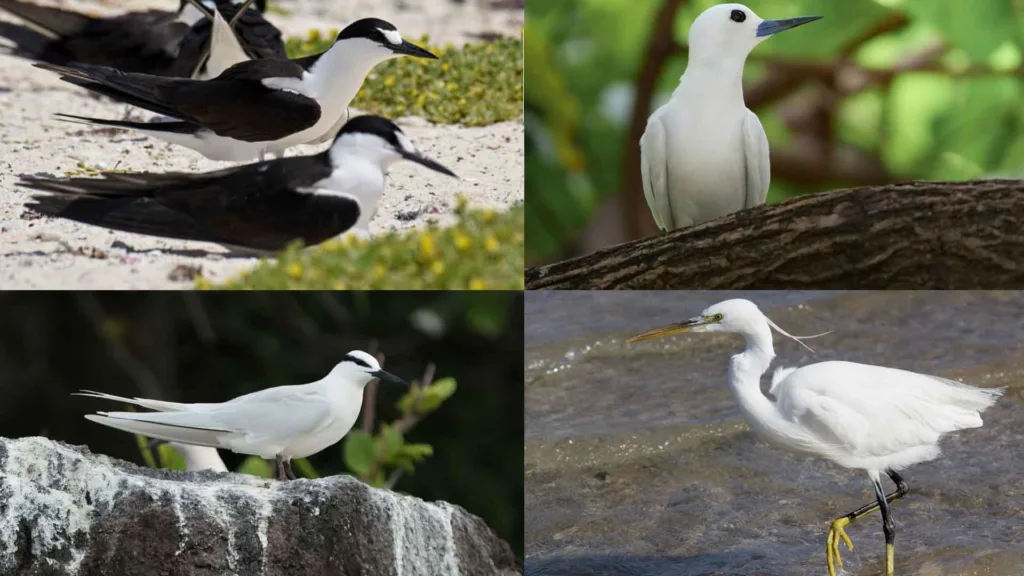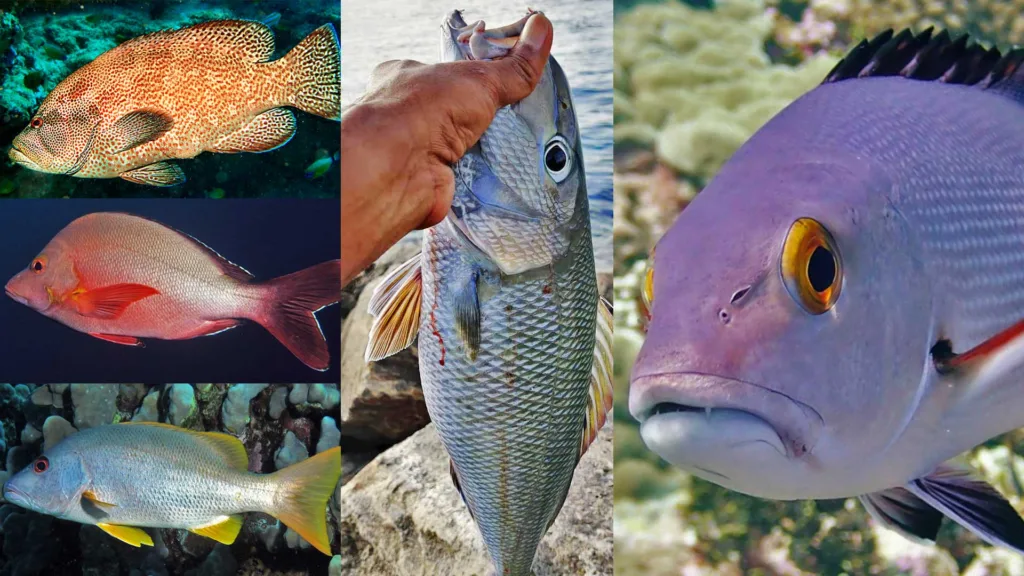
This is a series of articles I’ve decided to publish under the title “Diver’s Len.”
The goal of these articles is to inform readers about the species of marine life found in the Maldivian ocean and captured by photographers and videographers.
In addition to the photographs and videos, we have included an overview of general and scientific information about the species.
The photographer or diver has granted permission for the publication of the photos and videos in these articles.
COMMON NAME: Comet
SCIENTIFIC NAME: Calloplesiops altivelis
LOCAL NAME: Dhunthari mas
FAMILY: Plesiopidae
DIET: Carnivorous
SIZE: Max. 16 cm
The comet (Calloplesiops altivelis), also known as the marine betta, is an interesting and special fish. This fascinating fish is found on protected coral reefs in the Maldives.
Distinctive characteristics:
Dorsal fin with 8–9 rays and 11 spines. Anal fin with nine rays and three spines. Rays of the pectoral 18–19. In standard length, body depth ranges from 2.5 to 2.7. The dorsal fin’s spinous membranes remain intact. The anal and dorsal fins are slightly raised.
Except for the median and pelvic fins, which have small blue dots and no scales, comet fish have white spots all over their body, head, and fins. Comet fish have one white spot on each scale and range in colour from dark brown to black.
Compared to the adults, the juveniles appear to be darker black and have fewer spots. The spots get progressively smaller as they get older and eventually form lines that extend outward on the fins and run horizontally across the body. There are yellow rays visible on the transparent pectoral fin. There is a noticeable ocellus at the base of the last dorsal rays. They can grow up to 20 cm in length.
Habitat and Biology:
Habitat and Biology: A secretive species that lives in caves and crevices along the reef slope. This species is distributed in the Indo-Pacific region.
Divers rarely spot comets due to their secretive nature. If it feels threatened, the fish may display its tail to the intruder, showcasing its noticeable posterior eyespot. Some people believe that this is a mimicry of the spotted moray eel. Additionally, this fish resembles a Siamese fighter.
The fish exhibits confusing and imitative behaviors. “The ocellus, or false eye spot,” is the name given to the large spot on this fish. It is used to deceive both prey and predator. It is challenging for prey to distinguish between the two ends of the marine betta during hunting; a small fish may dart away from the big eye spot and swim directly towards the comet’s mouth.
The Comet will pose as an eel to fool predators, frequently protruding its tail and eye spot from a rock. Typically found at the entrance to a small hole, the comet fish is a solitary creature that will withdraw when a diver approaches. They frequently leave their tail protruding from the hole, which is supposed to resemble the head of a white-mouth moray eel.
The marine comet is a truly stunning sight to behold, with its dark-brown body dotted with countless tiny white to pale-blue dots. If you start with a healthy specimen, you’ll discover that, in spite of its shy disposition and somewhat delicate appearance, it’s also a fairly hardy and rugged species.
Diet
Unlike the majority of Plesiopidae, the Comet Fish is a nocturnal hunter that consumes meat rather than algae. It hunts small fish and crustaceans.
Reference
Anderson, R. (1997), Fishes of the Maldives. Marine Research Centre
Kuiter, R. (2014), Fishes of the Maldives. Atoll Editions




